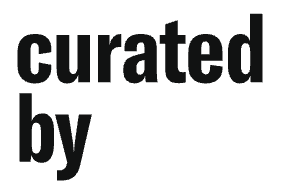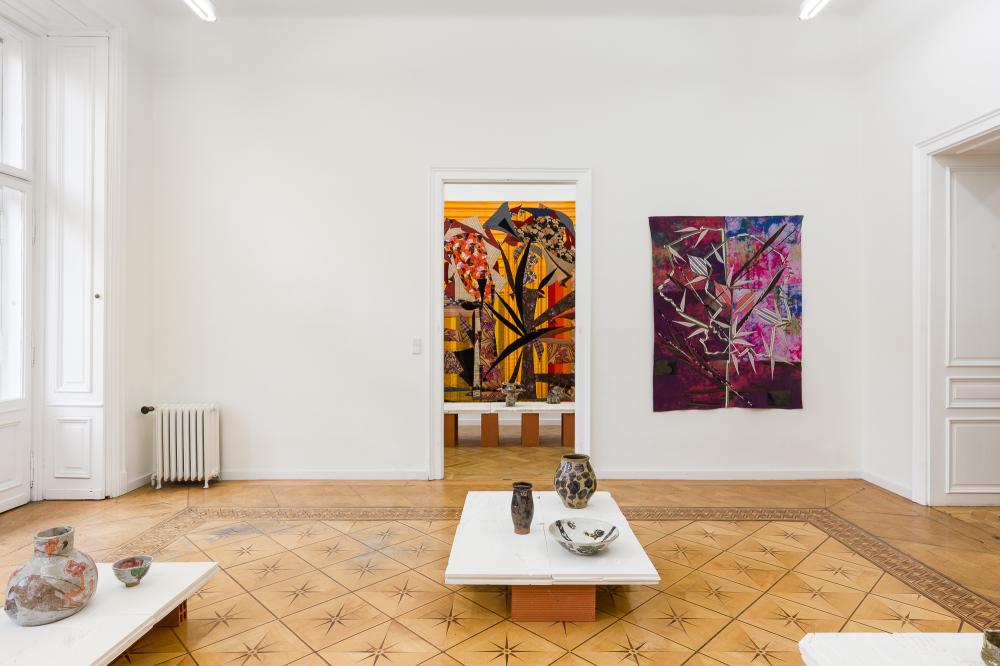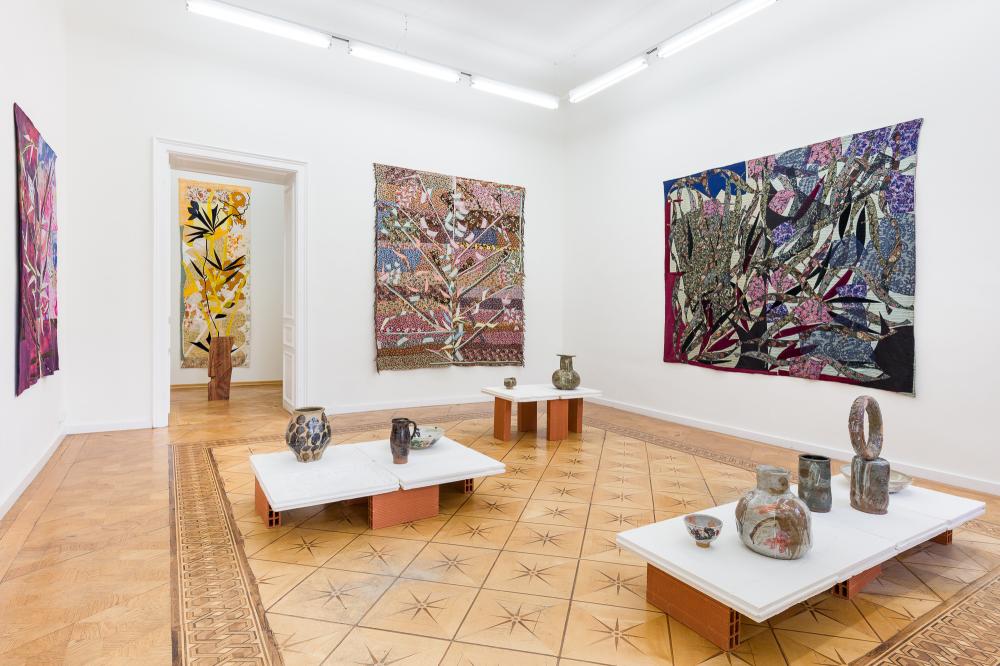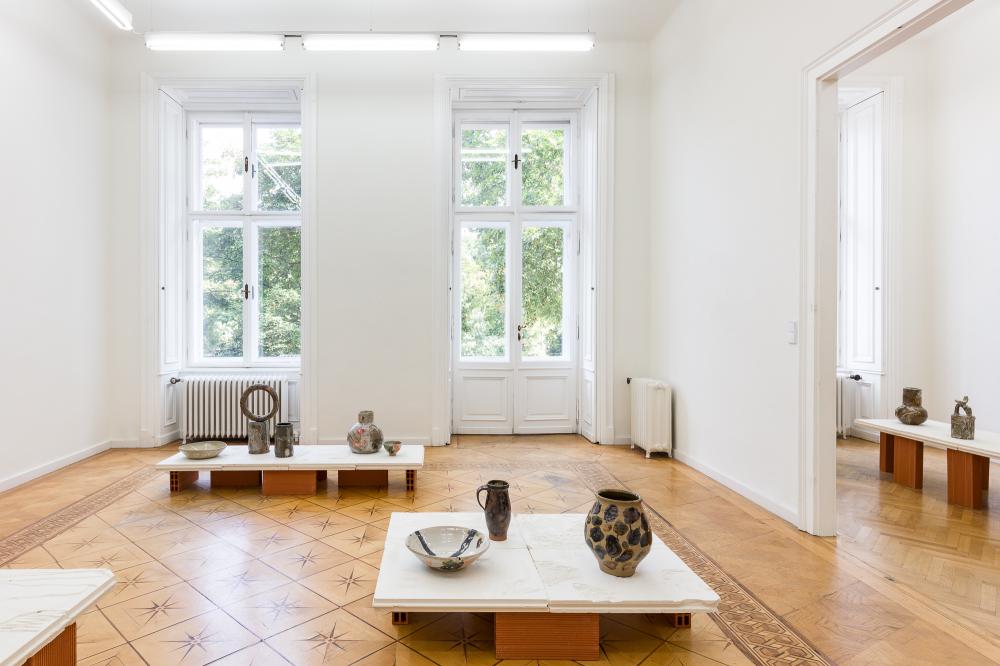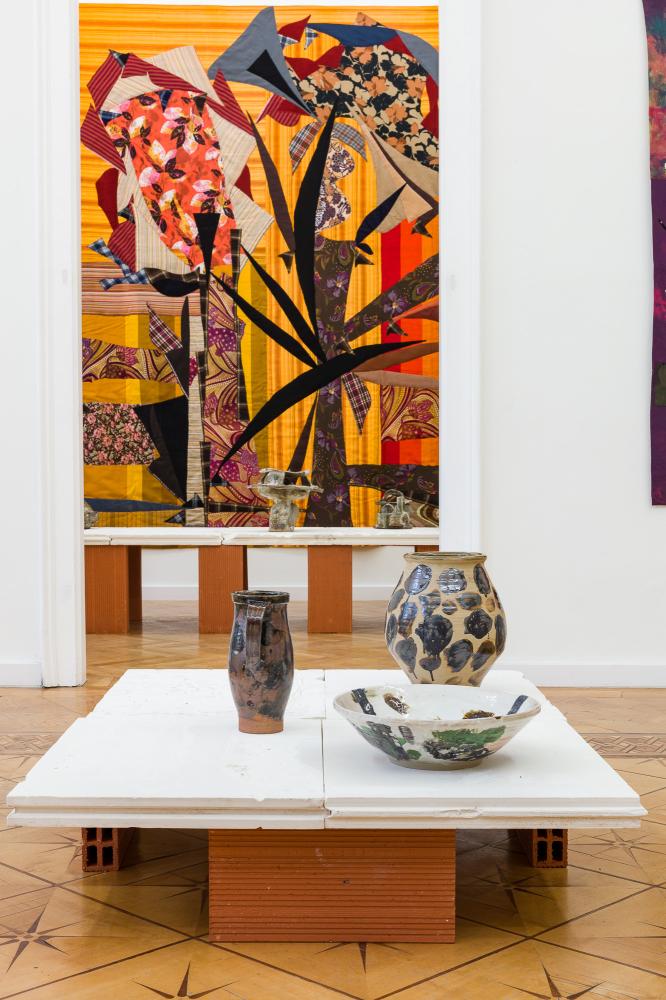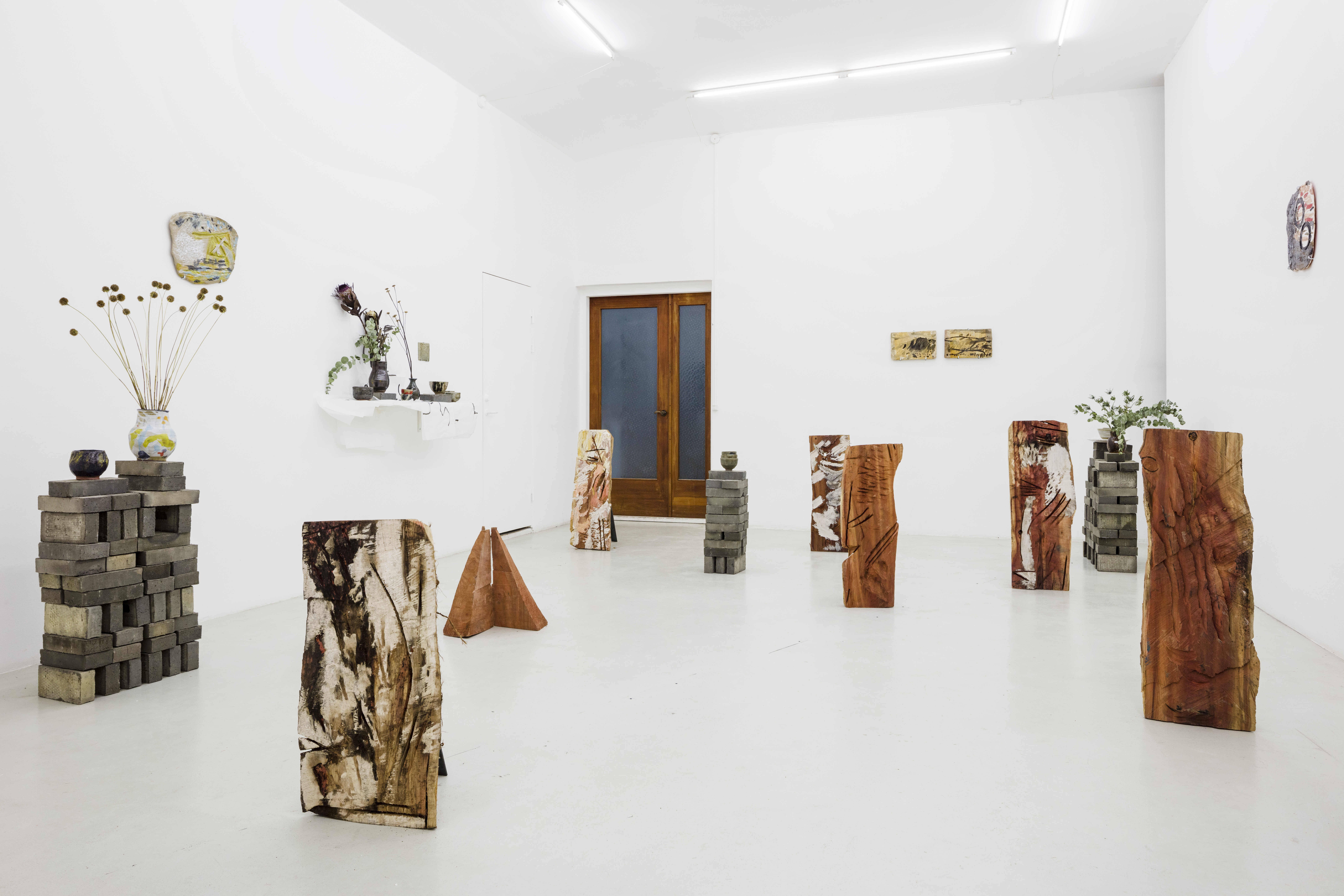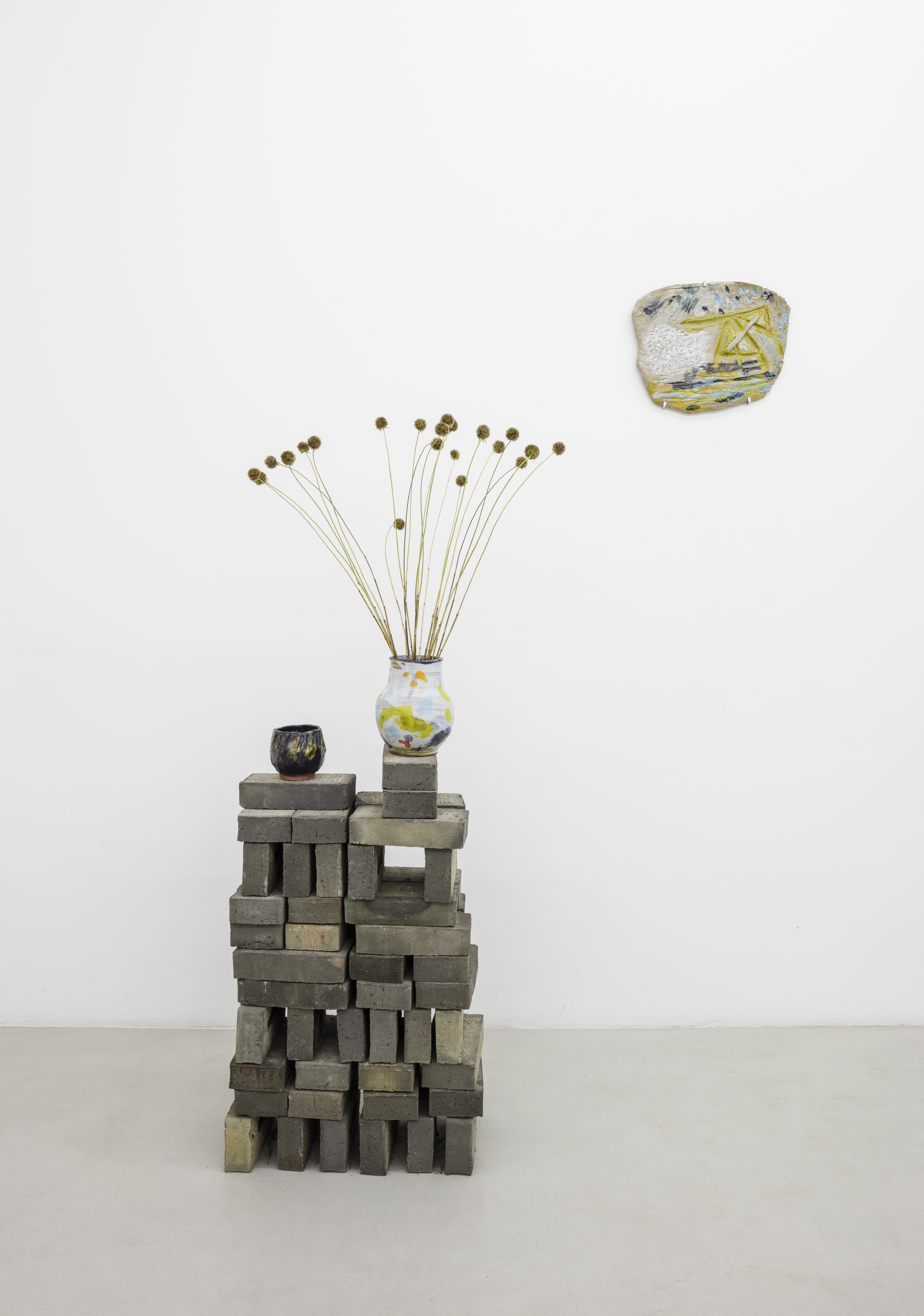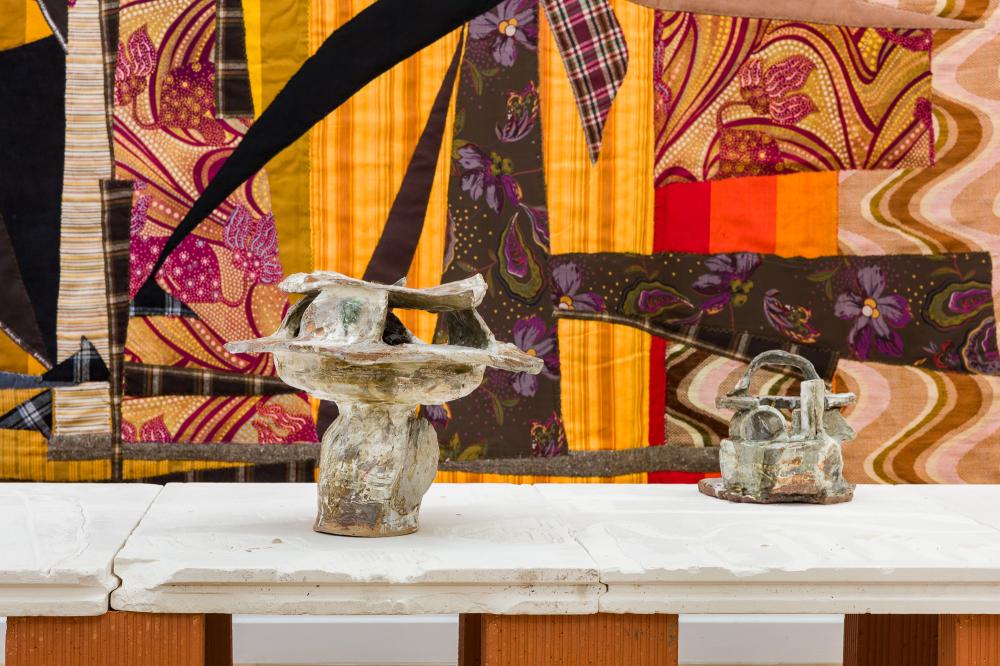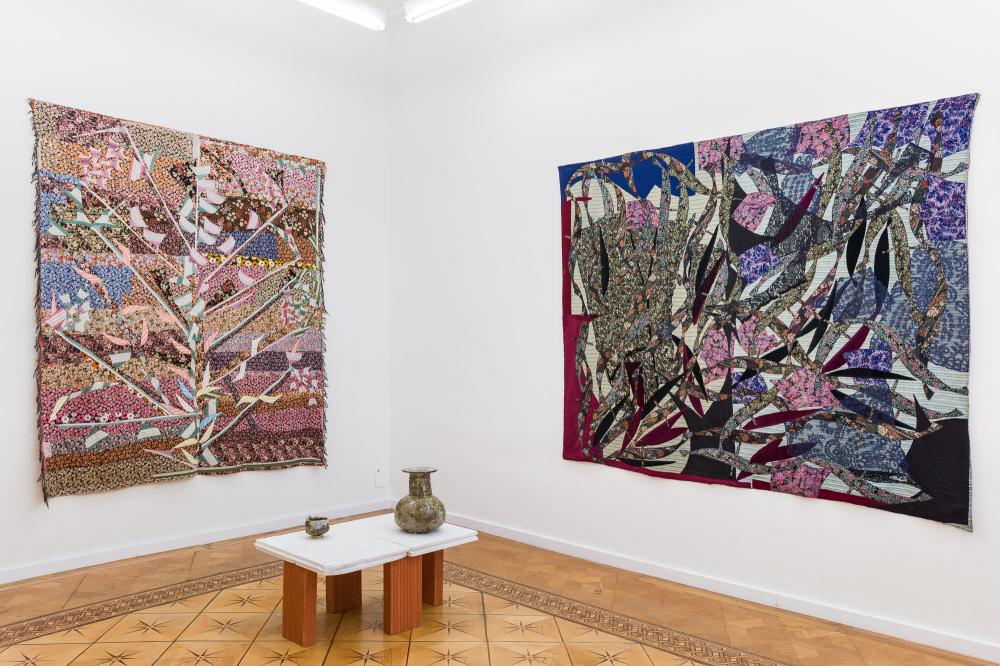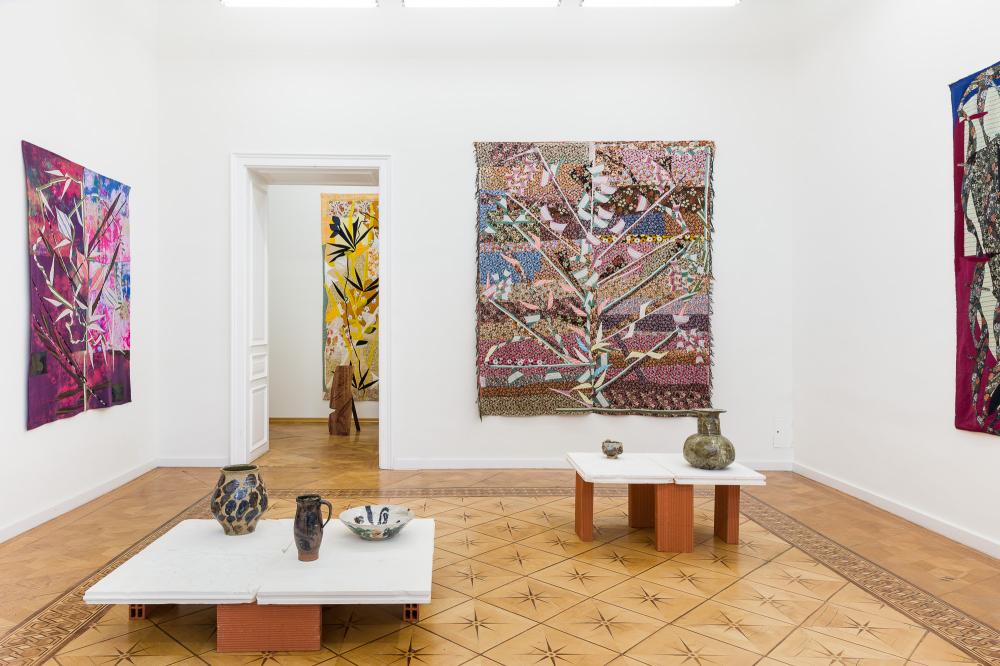Croy Nielsen curated by Nicolas Trembley
„Expanded Craft“

www.croynielsen.com
Curator(s):

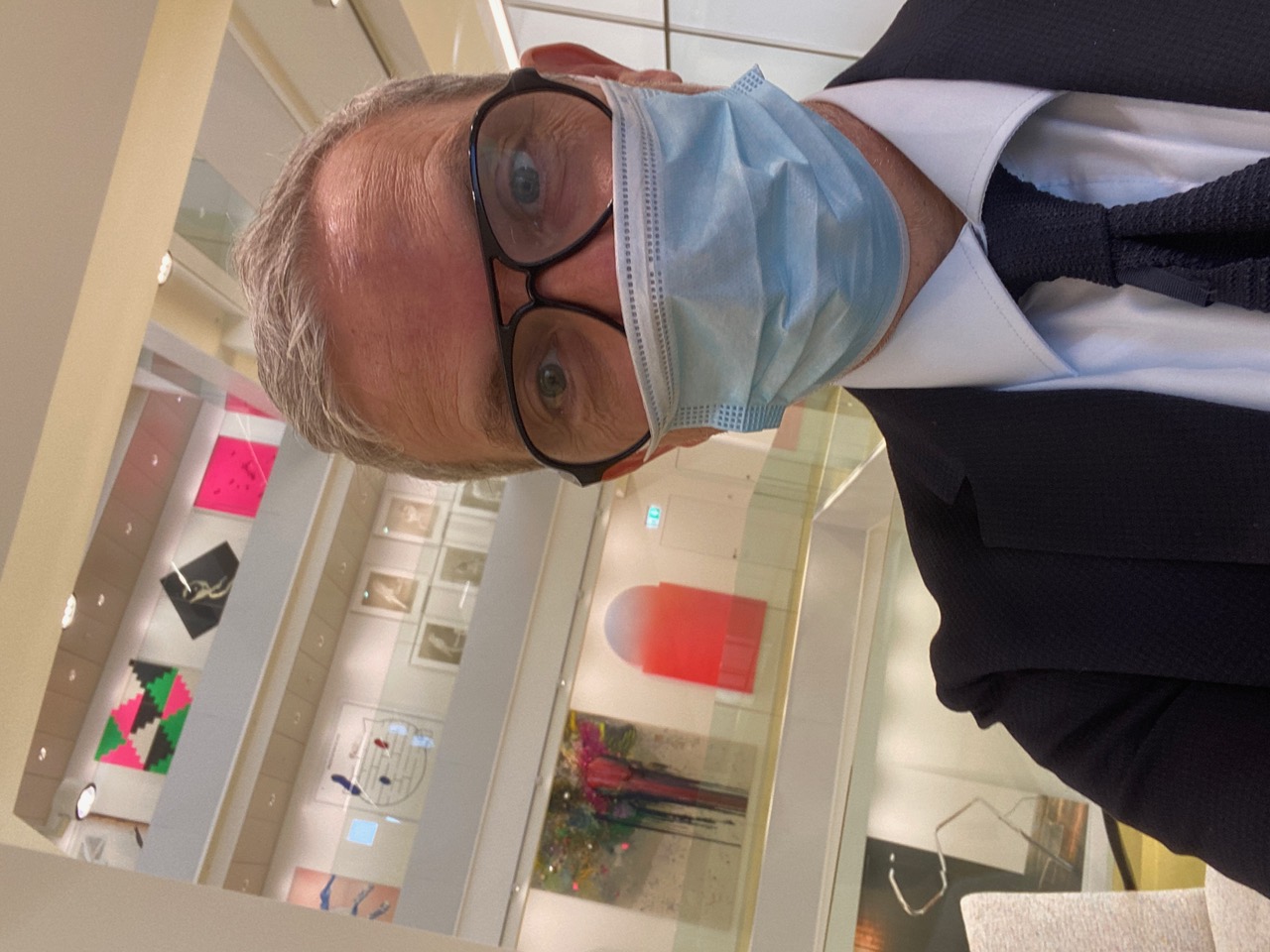
Artist(s):
- Natsuko Uchino
- Noa Eshkol
Exhibition text
More
Expanded Craft
This exhibition presents two artists; Noa Eshkol (1924 – 2007, Israel) and Natsuko Uchino (b. 1983, Japan, lives in Belvézet, France): women from different generations whose work deals with notions of expanded craft. The works presented deal with recycling materials and concepts of local sustainability. They push the limits of traditional skills and craft materials while relocating them in the contemporary art ecosystem.
Noa Eshkol is primarily a radical choreographer. In 1954 she founded the Noa Eshkol Chamber Dance Group and invented the pioneering Eshkol-Wachman Movement Notation to capture and analyze corporeal movement. In parallel to her dance practice, she produced hundreds ‘Wall Carpets’ similar to quilts, starting in the early 70’s for a period of more than three decades. She pieced together scraps of fabric collected from textile workshops or gifted from friends and sewed them on larger swaths of fabric, such as blankets or bedspreads. Those vibrant and colorful abstract works can be displayed either horizontally on the floor or vertically on the walls and are only composed of found elements without a single fragment ever being cut.
Natsuko Uchino is an inter-disciplinary artist whose practice is defined by experiences in agriculture and crafts. Her works relate art to ecology and food through the use of ceramics. After her studies at Cooper Union in New York City, she began to produce ceramic recipients while leading an alternative farming project in the USA (Art and Agriculture, 2007 – 2011). She then developed her technique through frequent trips to Japan. For this exhibition she created new ceramic objects that expand the domesticity of her previous jars, bowls or plates along with wooden sculptures. Those new ceramic sculptures are displayed vertically on pedestals composed entirely of found elements of plaster and brick. As an environmental activist she carefully chose the nature and the source of her materials.
Both artists share a profound interest in nature. Noa Eshkol cultivated a garden at her home in Holon where tightly packed ferns, cacti, trees and flowers of all descriptions abounded in her personal nursery. The Noa Eshkol works selected for this exhibition are titled referring to those concerns: ‘Very Orange Tree’, 1992, ‘Wind In The Forest’, 1995 or ‘Wild Tree I’, 1989, for example. Natsuko Uchino is currently developing a free garden in her new house in the south of France where she explores living materials through fermentation and questions the notions of time and conservation in the context of art and ecology. She often uses living materials such as mushrooms, kefir or pickles in her artwork.
When Noa Eshkol created the design of her wall carpets, she did not embroider them but let her dancers do it.“Group work played an important part in the history of quilting. The term ‘Quilting Bee’ denotes the joint effort of a group of women, quilting together the work of one of the group member. It’s a social encounter.” (Shula Liss, ‘Tradition and Practice in Noa Eshkol’s Wall Carpets’, in Textile Tales, The open Museum, Tefen Industrial Park, Israel, 2010)
For more than a decade Natsuko Uchino developed the ongoing ‘Keramikos’ project together with artist Matthew Lutz-Kinoy. It consists of a traveling series of ceramic collections which celebrate local culinary cultures and collaborative practices based on conviviality and exchange. Keramikos has been presented in numerous exhibitions and activated through dinner events and performances at various locations, each time featuring different protagonists: artists, curators and friends.
Finally as a last common point, both artists developed a teaching practice. Noa Eshkol taught at the Drama School of the Cameri Theatre, Tel Aviv, known for its experimentalism and Natsuko Uchino is currently a professor of Sculpture, specialized in ceramics at Ecole supérieure d’art et de design in Le Mans, France. She directs the program MAGMA, a master of Arts in Geo-Materials. The acronym refers both to the material transformation process and to global warming. Her program offers practical teaching based on the physical and semantic study of earth material and its derivatives.
The exhibition is the theater of a resurgence in craft practices in a city famous for its heritage in applied arts. In both artists research, there is an aspect of the Dionysiac, which is part of the comedy. They push it to the limit. Is that a comedy? A serious one for sure.
Nicolas Trembley

